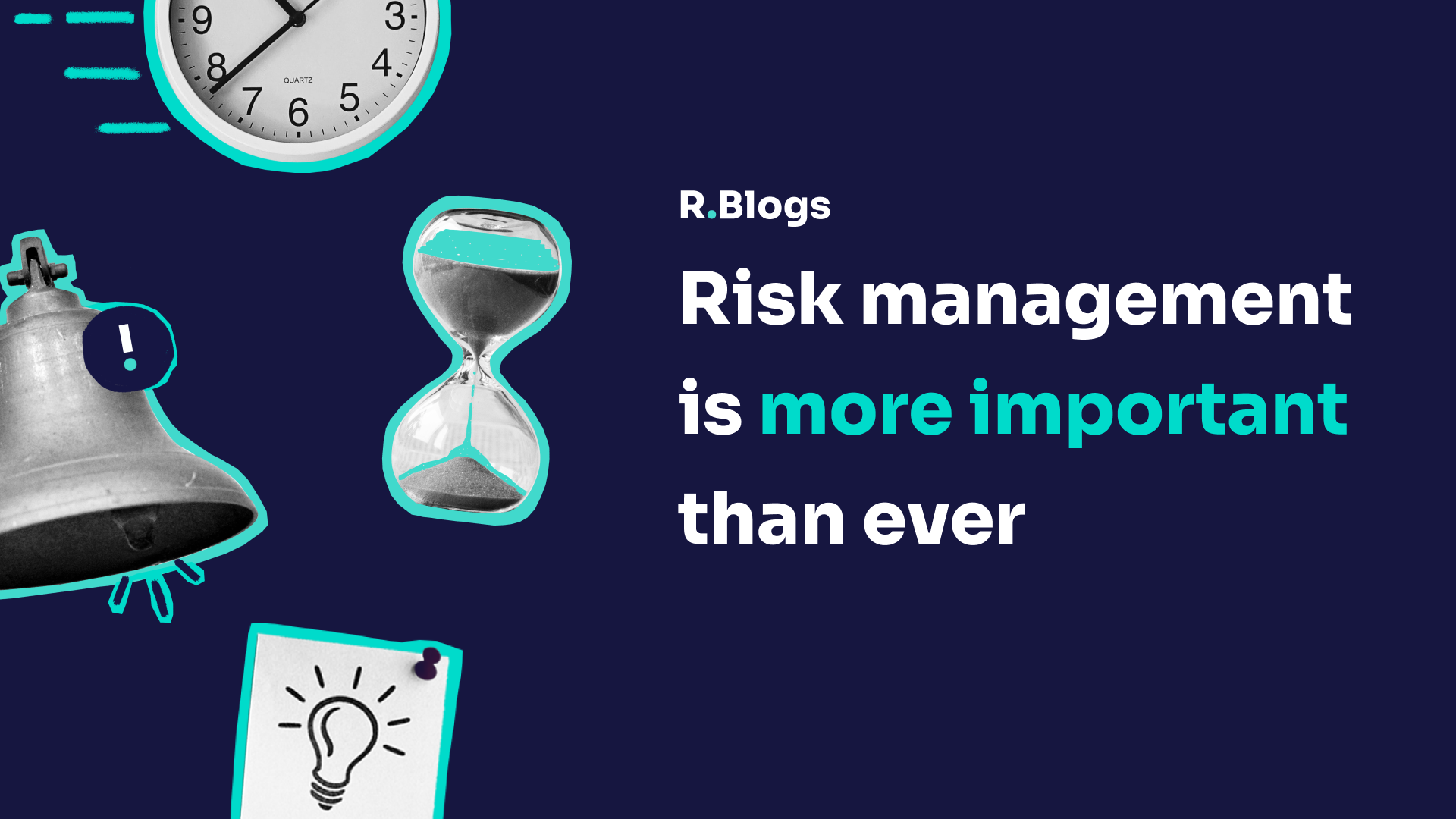Checking out the Importance of Risk Management for Effective Decision-Making Methods
In the detailed world of organization, Risk Management emerges as an essential element in the decision-making procedure. The capacity to identify prospective hazards and opportunities, and strategize accordingly, can spell the difference between success and failing.
Understanding the Principle of Risk Management
Risk Management, an essential element in decision-making, is commonly misinterpreted or oversimplified. Risk Management entails structured and regimented strategies, using data and informative evaluations. From financial unpredictabilities, lawful liabilities, calculated Management errors, to accidents and natural calamities, it attends to different dangers - importance of risk management.
The Function of Risk Management in Decision-Making Processes
In the realm of strategic preparation and organization procedures, Risk Management plays an indispensable duty in decision-making procedures. Risk Management thus comes to be a crucial tool in decision-making, helping leaders to make informed selections based on a detailed understanding of the risks entailed. Risk Management serves as an important component in the decision-making procedures of any type of organization.

How Risk Management Enhances Strategic Planning
In the context of tactical planning, Risk Management plays a critical duty. Launching with the identification of potential threats, it better encompasses the application of Risk reduction steps. The role of Risk Management is not fixed yet vibrant, as it requires continuous monitoring and adjusting of strategies.
Recognizing Prospective Risks

Applying Risk Reduction
Risk mitigation strategies can vary from Risk evasion, Risk transfer, to run the risk of reduction. Each method ought to be customized to the certain Risk, considering its prospective impact and the company's Risk tolerance. Efficient Risk reduction requires a deep understanding of the Risk landscape and the possible effect of each Risk.
Surveillance and Changing Strategies
Though Risk reduction is a critical step in tactical planning, continuous monitoring and change of these approaches is just as vital. It additionally supplies a chance to examine the success of the Risk Management measures, permitting changes to be made where needed, additional enhancing strategic preparation. Tracking and adjusting Risk Management strategies is a critical part for enhancing an organization's resilience and critical planning.
Instance Researches: Effective Risk Management and Decision-Making
In the globe of service and financing, effective Risk Management and decision-making typically work as the pillars of prosperous ventures. One such entity is an international oil business that alleviated financial loss by hedging against varying oil prices. In another circumstances, a tech startup grew by recognizing and accepting high-risk, high-reward approaches in an unstable market. A global bank, confronted with regulative uncertainties, efficiently browsed the situation via aggressive Risk evaluation and dynamic decision-making. These instances highlight the value of astute Risk Management in decision-making procedures. It is not the absence of Risk, but the Management of it, Visit Website that frequently distinguishes effective business from unsuccessful ones. These instances underscore the essential function of Risk Management in strategic decision-making. importance of risk management.
Devices and Strategies for Efficient Risk Management
Navigating the detailed maze of Risk Management requires the best set of devices and techniques. These tools, such as Risk signs up and heat maps, help in identifying and evaluating potential threats. Techniques include both measurable methods, like sensitivity analysis, and qualitative methods, such as SWOT evaluation. These aid in prioritizing dangers based upon their possible impact and likelihood. Risk response techniques, a crucial part of Risk Management, include approving, staying clear of, moving, or mitigating dangers. Tracking and regulating risks, via regular audits and reviews, guarantee that the methods continue to be reliable. With these methods and devices, decision-makers can browse the complicated landscape of Risk Management, thus facilitating informed and efficient decision-making.
Future Fads in Risk Management and Decision-Making Techniques
As we discover the vast landscape of Risk Management, it comes to be obvious that the tools and strategies made use of today will continue to evolve. The idea of Risk culture, where every participant of an organization is mindful and entailed in Risk Management, will acquire more prominence. These trends advertise an even more comprehensive and positive method towards Risk Management and decision-making.
Final thought
:max_bytes(150000):strip_icc()/risk-management-4189908-FINAL-2-976ae194e01848618ca94941ab9d2395.jpg)
Risk Management thus comes to be an important tool in decision-making, assisting leaders to make informed selections based on a comprehensive understanding of the risks involved. Risk mitigation methods can vary from Risk evasion, Risk transfer, to take the chance of decrease (importance of risk management). Reliable Risk reduction calls for a deep understanding of the Risk landscape and the potential influence of each Risk. Risk response approaches, a crucial element of Risk Management, involve approving, avoiding, moving, or mitigating dangers. The idea of Risk society, where every participant of an organization is aware and entailed in Risk Management, you can find out more will gain extra prominence
 Rick Moranis Then & Now!
Rick Moranis Then & Now! Tahj Mowry Then & Now!
Tahj Mowry Then & Now! Danielle Fishel Then & Now!
Danielle Fishel Then & Now! Barbi Benton Then & Now!
Barbi Benton Then & Now! Tina Majorino Then & Now!
Tina Majorino Then & Now!